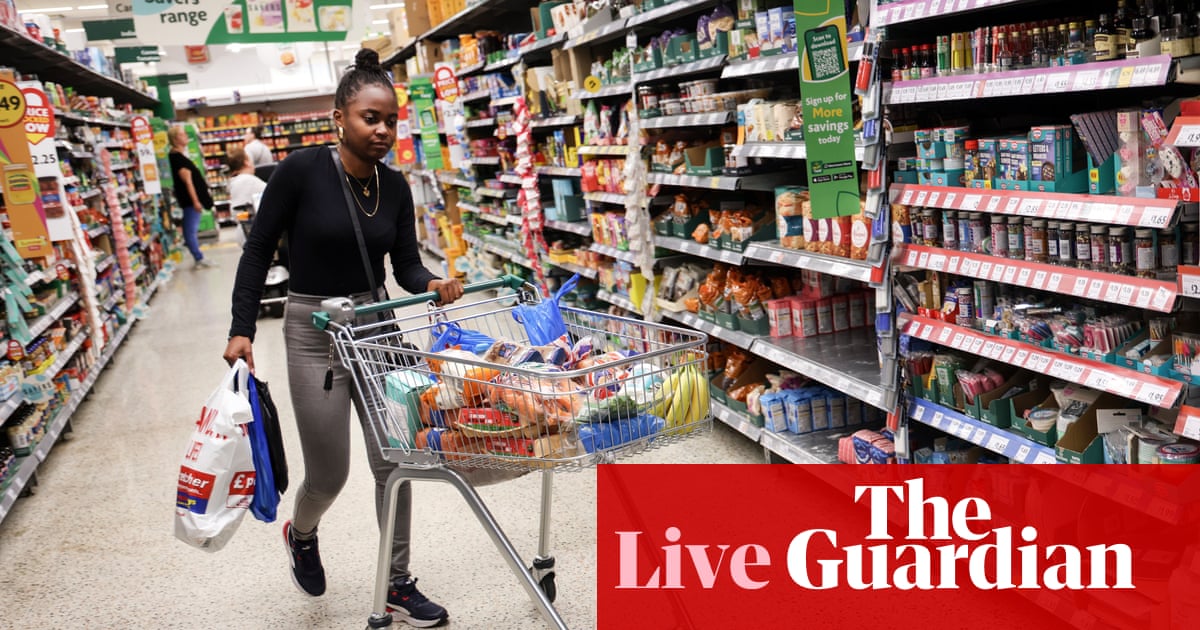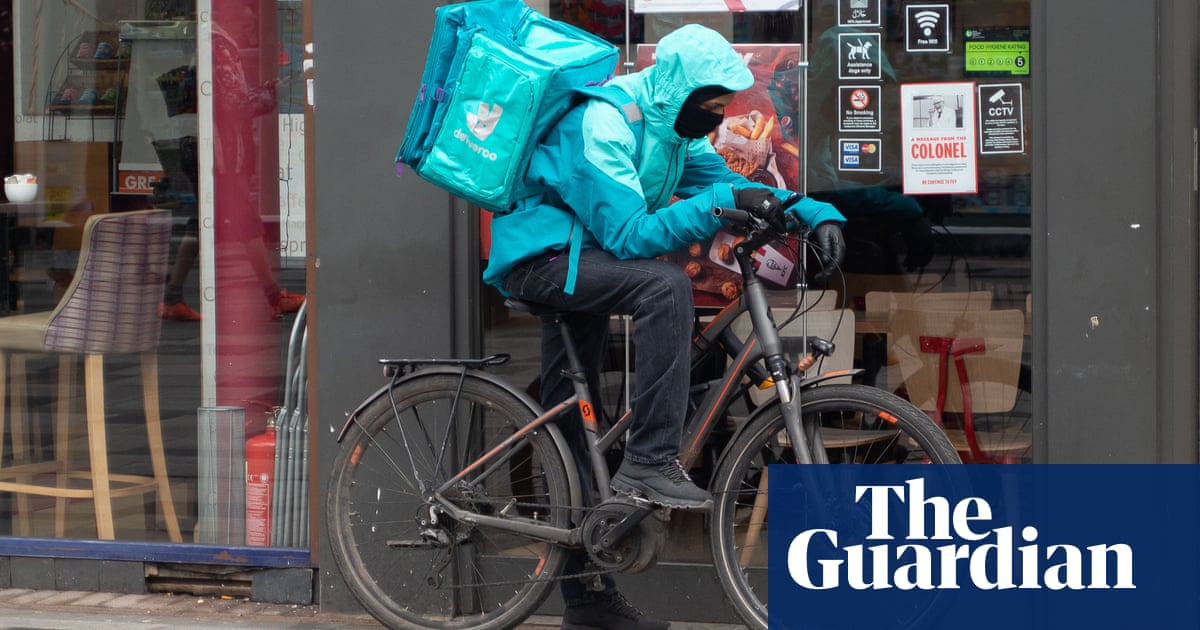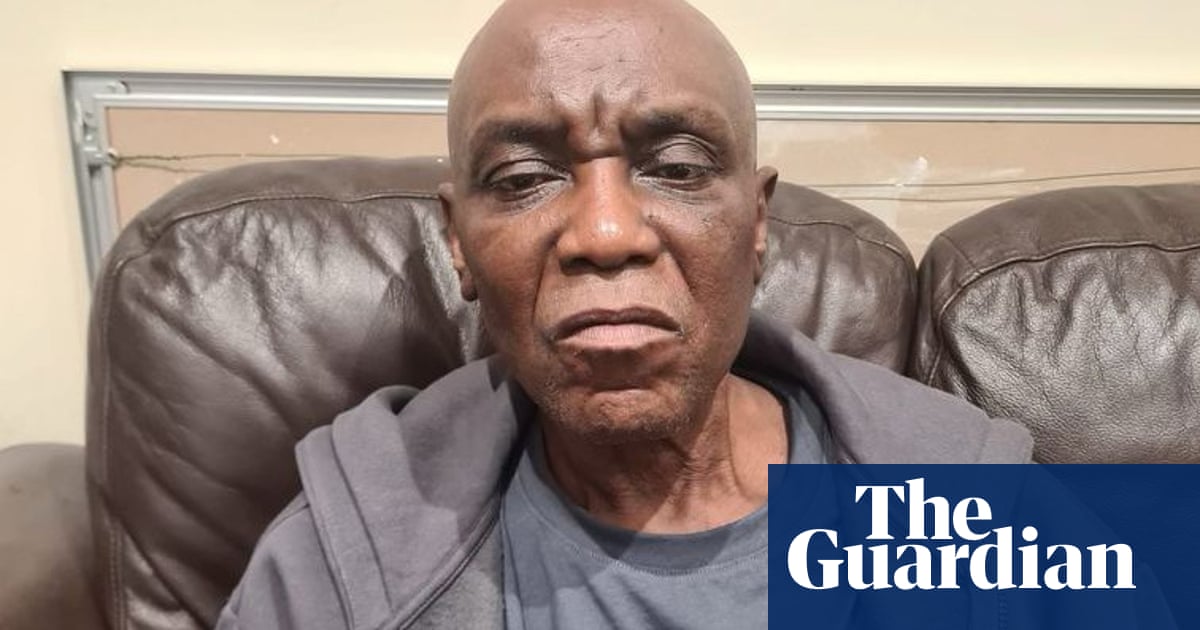
Several teams that have spent weeks building medical ventilators for the NHS will be told to stop work after the need for the machines proved far smaller than expected.
In mid-March Boris Johnson asked British industry to help increase the number of ventilators available to the NHS from about 8,000 to 30,000, a target later revised down to 18,000.
Stocks have increased to 10,900 and now the number of firms working on new ventilators is to be wound down because many of the devices already available remain unused. Clinicians have credited lockdown measures and the increased use of less invasive treatment techniques for lowering demand.
Two sources familiar with government procurement and the medical equipment regulatory process told the Guardian that the reduced need had rendered several projects surplus to requirements.
The Cabinet Office was expected to inform the teams working on them by letter and telephone as soon as Monday evening, days after Dyson was told its CoVent prototype was not needed.
One of the projects likely to be stood down is OxVent, a collaboration between the medical equipment company Smith & Nephew and Oxford University.
A well-placed source said the government was also likely to abandon the Helix, a device made by Barnstaple-based Diamedica with the help of the contract manufacturer Plexus.
“I expect them to be told tonight,” said the source, adding that more simple devices were being cancelled first. “It was good to have some fallback devices but we didn’t need eight or nine of them.”
The source said both teams had “done an amazing job”, and said more projects could be dropped before the end of the week.
A second source said multiple ventilator projects were about to be stood down, without saying which ones.
The Guardian has approached OxVent and Diamedica for comment. The Cabinet Office said: “The Ventilator Challenge is continuing and any changes will be announced in due course.”
The government initially laid out a three-pronged strategy to increase the number of ventilators to 30,000 by ramping up production of existing designs, importing thousands more machines, and commissioning firms to make new ones.
The health secretary, Matt Hancock, then said in early April that the government now believed 18,000 might be needed.
So far 127 have been sourced from established UK suppliers, 877 from abroad and 264 from the Ventilator Challenge UK consortium, and 1,156 have been commandeered from the private sector.
Official figures released last week showed that the number of people occupying critical care beds had fallen by 13% in the previous week, from 3,360 to 2,910, far fewer than initially feared.
Clinicians put this down to two main factors, the first of which was the lockdown. “The effort that was taken to stress the importance of protecting people in vulnerable groups will have had an impact on the number of people that were presented,” said Dr Daniele Bryden, the vice-dean of the Faculty of Intensive Care Medicine.
The other factor was a growing recognition that it was often preferable to avoid intubation – where a tube is inserted into the trachea to provide oxygen – and to use less invasive methods to deliver oxygen early on in treatment.
Dr Martin Allen, a consultant respiratory physician and board member of the British Thoracic Society, said: “In Wuhan, when they tried other ventilation strategies they failed. Everyone needed to go on to invasive ventilation, so there was a concern that spread throughout the rest of the world.
“When the epidemic hit in northern Italy, provision of invasive ventilation was overwhelmed, so they needed to find other strategies. They found that using Cpap [continuous positive airway pressure devices] and other invasive methods stopped about half of the people going to intensive care. It has made a big difference to demand for intensive care beds.”
He said it still made sense for the NHS to have more ventilators than currently required, in case of a second wave of Covid-19.












